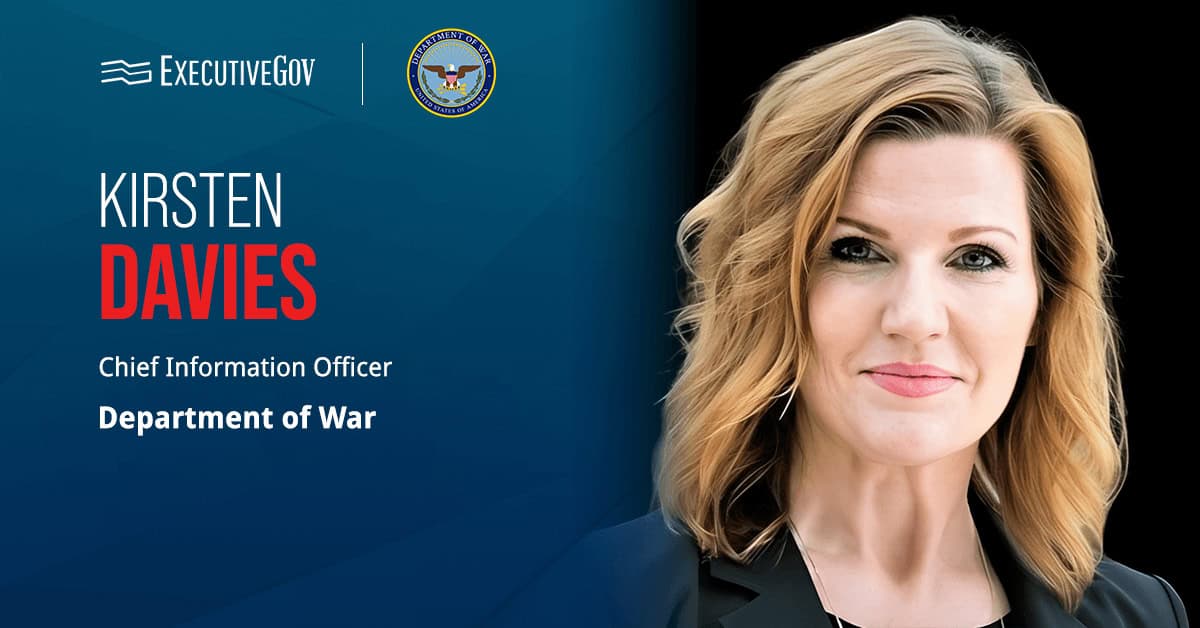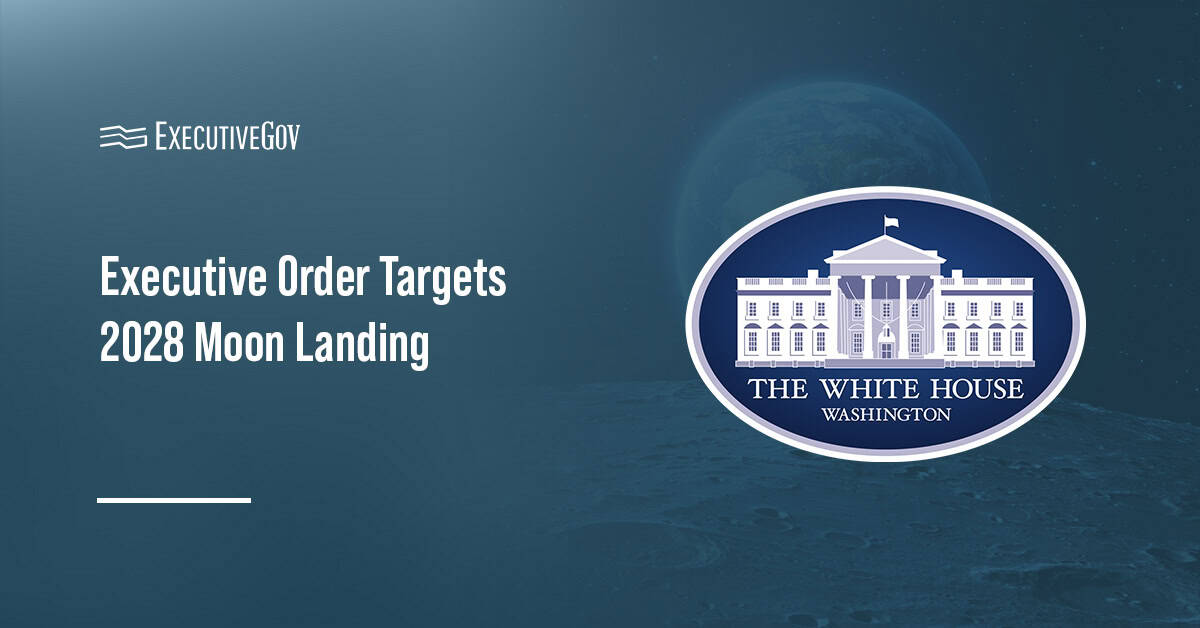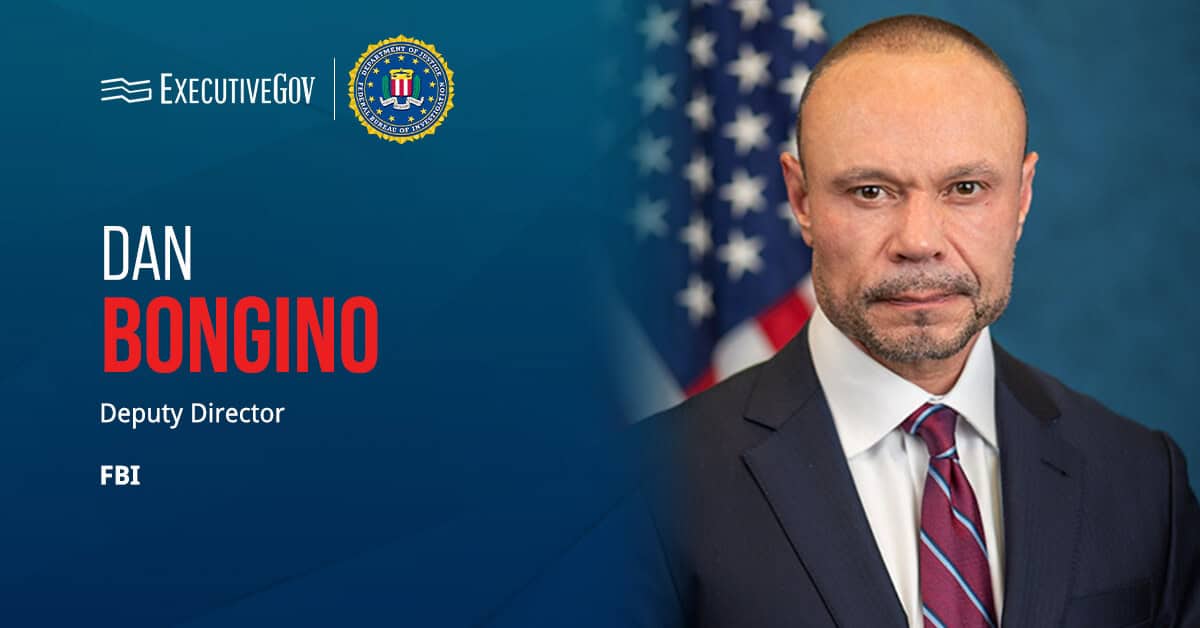In what’s being described as the most significant procurement reform in over 40 years, the federal government has launched the Revolutionary FAR Overhaul Initiative, aimed squarely at improving speed, clarity and competition in the acquisition process. For government contractors, this means a more streamlined Federal Acquisition Regulation, new compliance expectations and a shift toward market-based practices.
Driven by Executive Order 14275, titled Restoring Common Sense to Federal Procurement, the initiative is being executed by the Office of Federal Procurement Policy in coordination with the FAR Council, GSA, the Defense Department and NASA. According to Wiley Rein, the effort centers on simplifying the FAR by eliminating duplicative, outdated or non-statutory rules and placing greater trust in acquisition professionals’ judgment.
You can certainly find some procurement and acquisition opportunities online. But many of the most fruitful public-private partnerships are born during in-person interactions at Potomac Officers Club events. The company’s monthly summits bring together top-ranking members of government, military, industry and academia to discuss the most pressing topics of the day and how new tech advancements can help solve them. Check out POC’s upcoming slate of events and get involved.
Table of Contents
How Was the FAR Overhaul Implemented?
The overhaul is being implemented using a two-track approach. First, agencies are expected to adopt model class deviations—simplified, pre-approved versions of updated FAR parts—within 30 days of their release. Second, formal rulemaking will follow based on feedback gathered during this interim phase, according to the Defense Acquisition University.
For contractors, this means that new rules are taking effect now, even as the official FAR language is still being finalized. That creates a moving target for compliance, particularly in high-volume sectors like IT modernization, defense systems and infrastructure.
Recent updates cover FAR Parts 1, 10, 11, 18, 34, 39, 43 and 52—areas critical to GovCon operations. FAR Part 1 now includes a sunset clause: any provision not mandated by statute will expire after four years unless renewed by the FAR Council. According to Cohen Seglias, that creates significant long-term flexibility but demands heightened awareness in the near term.
What Is the Goal of the FAR Overhaul?
A major goal of the overhaul is reducing complexity to make it easier for new vendors to compete for federal work. The new rules rely more on commercial best practices, plain language and flexible guidance rather than rigid mandates. For example, the revised FAR Part 11 removes prescriptive language around brand-name justification and instead encourages use of market research.
While this benefits competition, especially for emerging tech providers and small businesses, it also puts more onus on vendors to understand and apply procurement best practices without as much top-down instruction. To support this transition, the government is rolling out nonbinding “buying guides,” practical resources that accompany the new rules but exist outside the regulatory framework. These are part of a new Strategic Acquisition Guidance model.
Overhaul’s Impact for Defense and National Security Contractors
For defense contractors, the implications are particularly critical. Revisions to FAR Part 34 remove some of the procedural hurdles around Earned Value Management Systems and major system acquisition, opening the door for greater agility but also shifting some risk onto contractors.
The changes also come at a time when the Defense Department is doubling down on agile procurement, commercial technology integration and joint all-domain operations. GovCons operating at the tactical edge or in rapid innovation cycles may find the new FAR structure aligns more closely with their delivery models—but only if they stay ahead of the evolving rules.
How Should GovCons Respond to the FAR Changes?
Contractors should take the following steps to stay competitive and compliant:
Monitor model deviation text posted to Acquisition.gov and ensure internal contracting teams and compliance officers are reviewing each update.
Engage with the process by submitting feedback on revisions and participating in ongoing industry discussions. Informal comments during the deviation phase will help shape final rulemaking.
Leverage DAU’s Practitioner Albums, which offer continuing education credit and explain the practical application of each new deviation. This is especially helpful for primes with large proposal and capture teams.
Update internal policies and training, as many longstanding acquisition procedures may no longer apply.
Josh Gruenbaum, Federal Acquisition Service commissioner and 2025 Wash100 winner, underscored the administration’s aim during a recent GSA-hosted webinar: “We’re not just looking to clean up the FAR—we’re trying to give agencies and vendors the space to operate in a more agile and mission-driven way.”
FAR Overhaul Next Steps
FAR revisions are being released in rolling waves, and more parts are expected to follow before the end of the year. Agencies are required to implement model deviations within 30 days, with a full target date for initial implementation set for Oct. 13.
That pace leaves little room for delay. For GovCons, proactive adaptation will separate the companies that thrive in the new acquisition landscape from those that fall behind.






